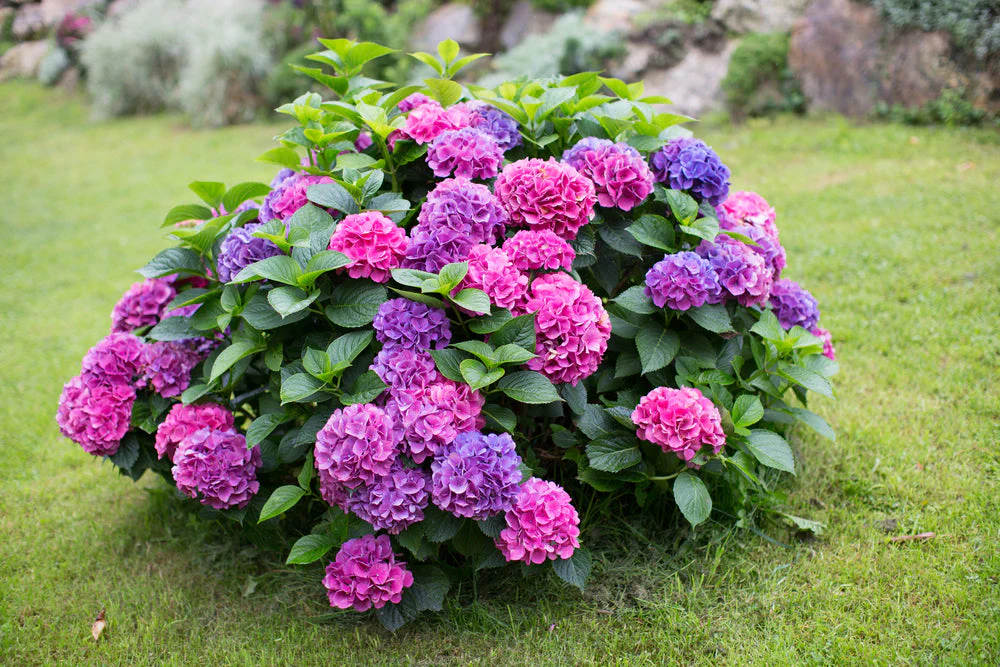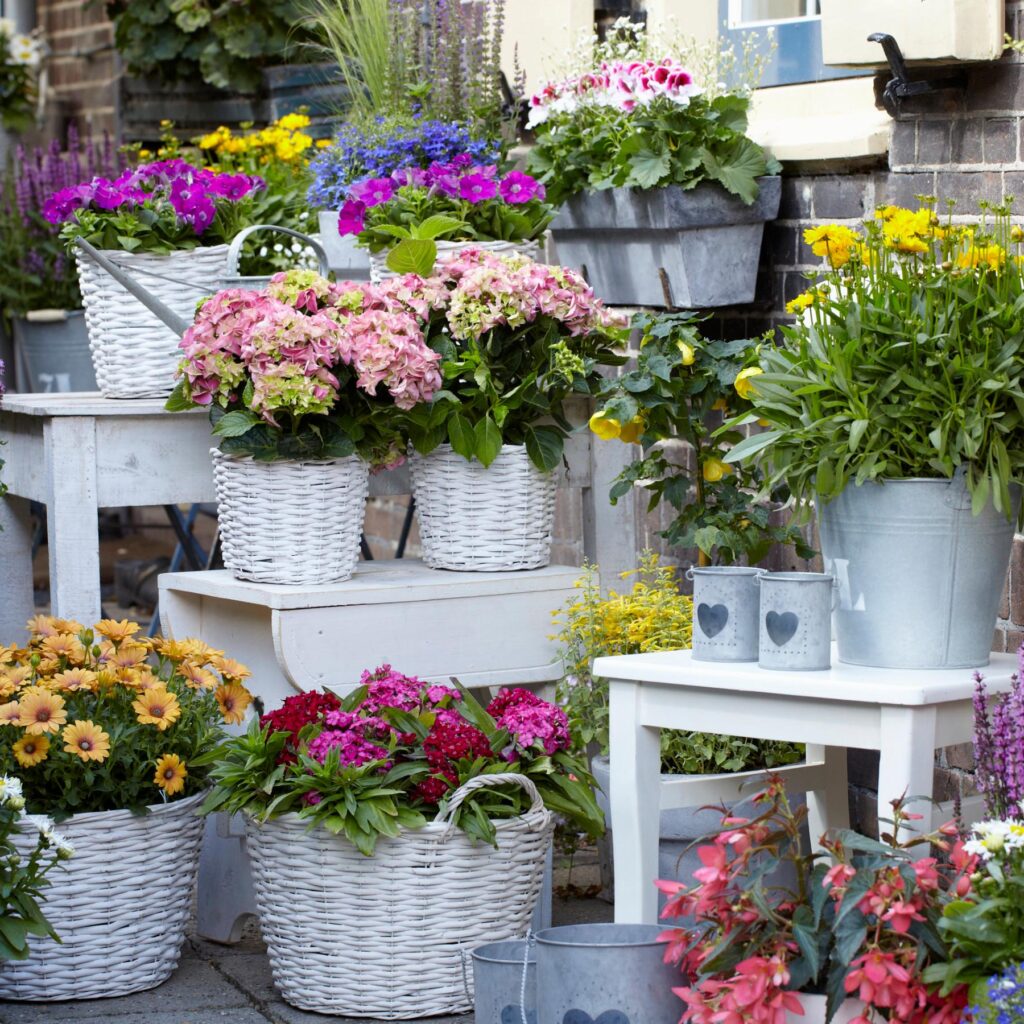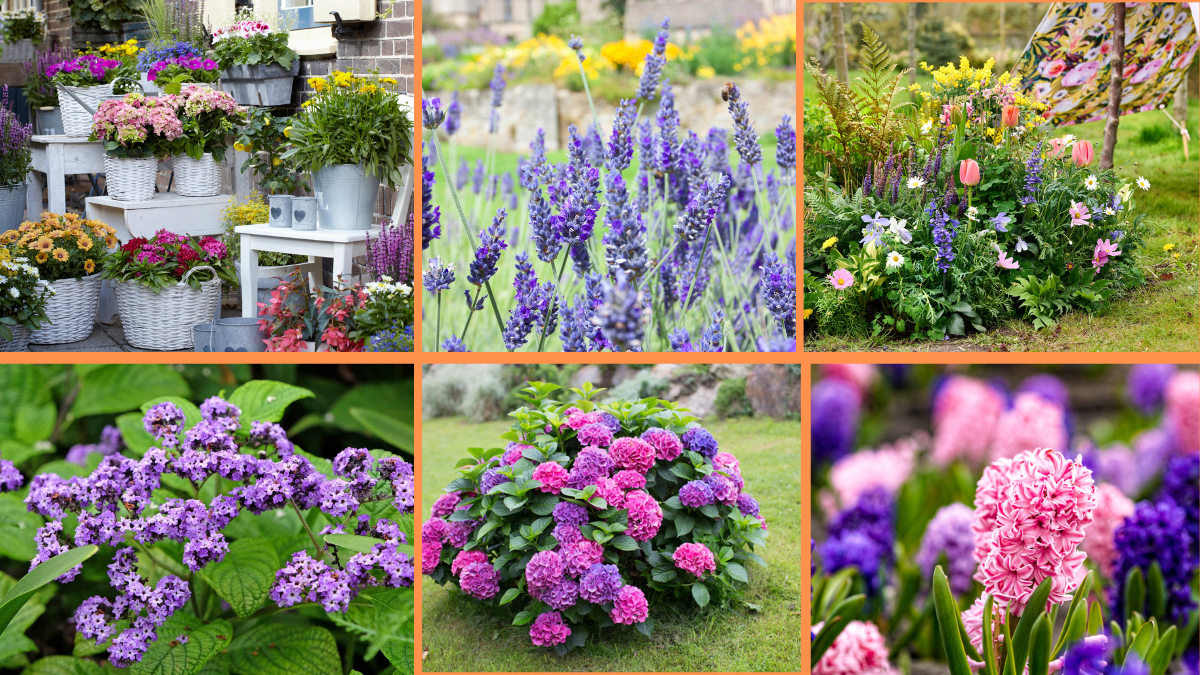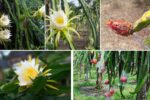A garden filled with beautiful blooms is a delight, but one that also enchants with intoxicating scents turns your outdoor space into a personal paradise. Fragrant plants not only enhance the sensory experience of your garden but also attract beneficial pollinators like bees, butterflies, and hummingbirds. Whether you have a sprawling backyard or a cozy balcony, adding aromatic plants can instantly elevate the ambiance.
If you’re ready to create a garden that smells as wonderful as it looks, here are 10 detailed tips to help you add fragrant plants to your outdoor space.

1. Choose Plants with Seasonal Scents for Year-Round Fragrance
To enjoy delightful scents throughout the year, plan your garden with a variety of plants that bloom in different seasons.
- Spring: Hyacinths, lilacs, and daffodils release fresh, sweet scents early in the year.
- Summer: Gardenias, jasmine, roses, and lavender fill warm evenings with rich aromas.
- Autumn: Heliotrope and late-blooming roses continue the fragrant display.
- Winter: Witch hazel and sweetbox offer surprising scents even in cold months.
By diversifying your plant selection by bloom time, your garden will remain aromatic from January to December.

2. Create Fragrance Zones in High-Traffic Areas
Position fragrant plants where you’ll frequently pass by or relax. Focus on areas such as:
- Along garden pathways
- Near entrances or porches
- Around patios, decks, and seating nooks
- Alongside windows where breezes carry the scent indoors
This way, you’ll naturally experience bursts of fragrance during your everyday routine.

3. Opt for a Mix of Day and Night-Blooming Varieties
Some plants release their scent in the warmth of the sun, while others perfume the air after sunset. For a 24-hour fragrant experience:
- Daytime bloomers: Roses, lavender, peonies, and dianthus thrive in sunlight.
- Nighttime bloomers: Evening primrose, moonflower, and night-blooming jasmine come alive after dusk.
Planting a combination ensures your garden smells heavenly all day long.

4. Use Containers for Portable Fragrance
Fragrant plants in containers offer flexibility, letting you move scented blooms where you need them most.
- Place potted lavender, rosemary, or scented geraniums near outdoor seating areas.
- Hang baskets of sweet alyssum or trailing petunias from pergolas or porches.
- Move containers closer to windows or doors during blooming seasons.
Container planting also allows you to control soil quality and sun exposure more easily.

5. Plant Fragrant Climbers and Vines
Vertical elements add dimension and fragrance at nose level. Incorporating climbers on trellises, fences, and pergolas enhances both the visual and aromatic appeal.
Popular choices include:
- Jasmine: Sweet and exotic, ideal for evening fragrance.
- Honeysuckle: Abundant and powerfully scented in summer.
- Climbing roses: Timeless and romantically perfumed.
- Wisteria: Cascading purple or white blooms with a light, powdery scent.
Place them near seating areas, entryways, or windows for maximum impact.

6. Incorporate Aromatic Herbs
Herbs aren’t just for the kitchen—they also infuse your garden with invigorating, fresh scents.
Consider planting:
- Lavender: Calming, floral, and long-lasting.
- Rosemary: Woody and crisp, especially when brushed against.
- Thyme and oregano: Earthy and subtly sweet.
- Mint: Refreshing and revitalizing.
Herb gardens are best placed near kitchens, patios, or pathways so you can enjoy their aroma and culinary benefits.
7. Layer Plant Heights for a Fragrant Canopy
Combine low-growing, mid-height, and tall plants to create a layered fragrance experience. Position the most potent scents at mid-height (where people walk or sit) and use taller fragrant shrubs or trees in the background.
Examples:
- Ground-level: Sweet alyssum, creeping thyme.
- Mid-height: Dianthus, lavender, peonies.
- Tall: Lilacs, gardenias, mock orange.
This tiered approach adds depth, texture, and layers of scent to your garden design.
8. Choose Native Fragrant Plants
Native plants tend to thrive in local climates and require less maintenance, while still offering natural aromas that attract regional pollinators.
Some native North American fragrant options include:
- Purple coneflower (Echinacea): Subtle sweet scent.
- Sweetspire (Itea virginica): Light, honeyed fragrance in spring.
- Milkweed (Asclepias): Delicately scented flowers that support butterflies.
Check with your local nursery for native, scented plant varieties suitable for your area.
9. Use Fragrant Plants to Mask Unpleasant Odors
If your outdoor space is near a street, garage, or compost bin, fragrant plants can help neutralize and mask unpleasant smells.
- Strongly perfumed blooms like gardenias, mock orange, and hyacinths can counteract intrusive odors.
- Herbs like lavender, mint, and lemon balm release refreshing scents when touched or crushed.
Strategically placing these near problematic areas improves your overall garden ambiance.
10. Maintain and Care for Your Fragrant Plants
Even the most aromatic plants won’t thrive—or smell their best—without proper care. Essential maintenance includes:
- Regular watering: Keep soil consistently moist for most fragrant plants but avoid waterlogging.
- Deadheading spent blooms: Encourages new, fragrant flowers.
- Fertilizing: Use a balanced fertilizer to support continuous growth and scent production.
- Pruning: Shapes the plant, removes damaged parts, and improves air circulation.
Healthy plants produce stronger, more alluring scents, making routine care crucial for a truly aromatic garden.
Bonus Tip: Create a Sensory Garden
Why stop at fragrance? Design a sensory garden that delights all five senses:
- Sight: Bright blooms and varied textures.
- Smell: Fragrant flowers and herbs.
- Touch: Soft lamb’s ear, feathery ferns.
- Taste: Edible herbs and berries.
- Sound: Wind chimes, rustling grasses, and birdsong.
Fragrant plants form the aromatic heart of a sensory garden, turning your space into a tranquil sanctuary.
Final Thoughts
Incorporating fragrant plants into your garden isn’t just about pretty flowers — it’s about crafting a soothing, multi-sensory experience. By selecting the right mix of plants for your climate, spacing them thoughtfully, and maintaining them well, you can enjoy a captivating garden that welcomes you with its enchanting aroma every day.
So go ahead — plant those jasmine vines, scatter some sweet alyssum seeds, and let nature perfume your outdoor haven.





